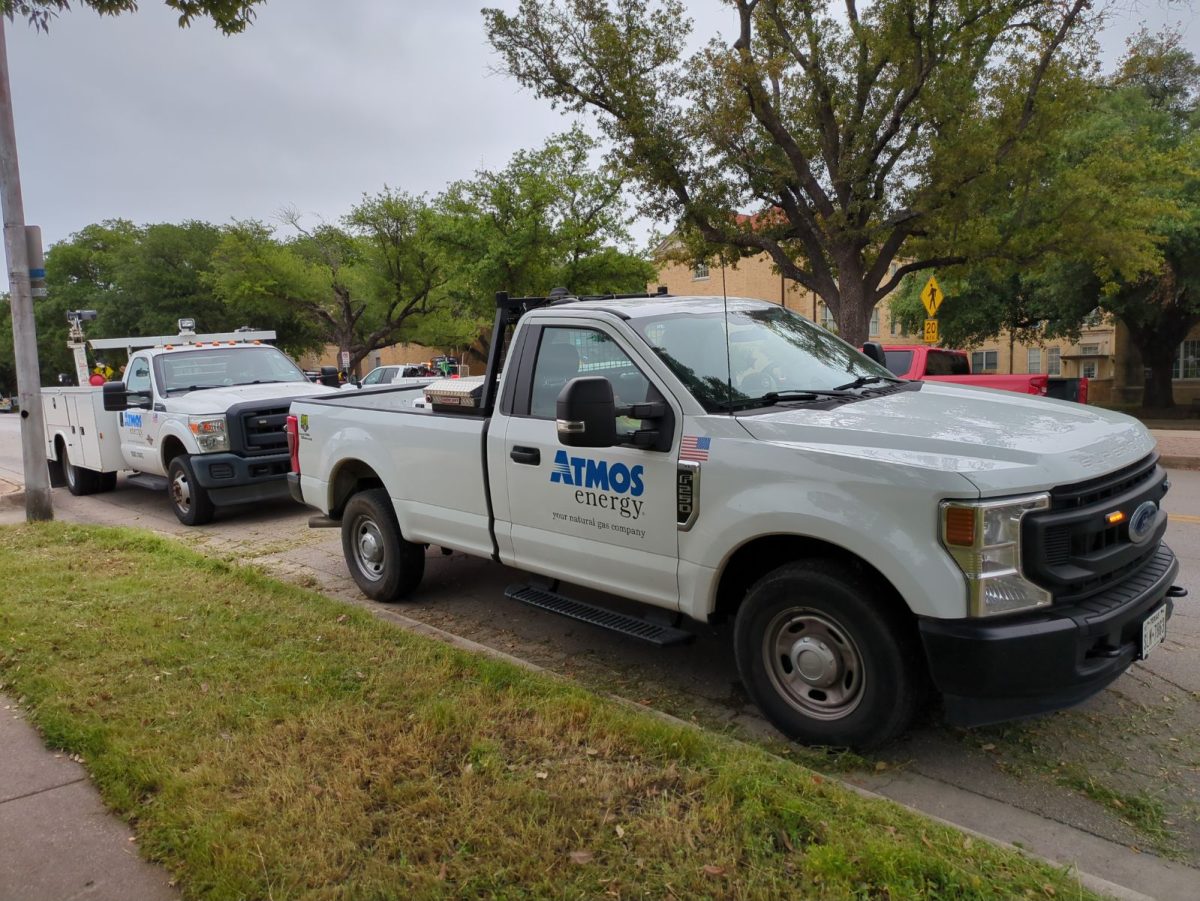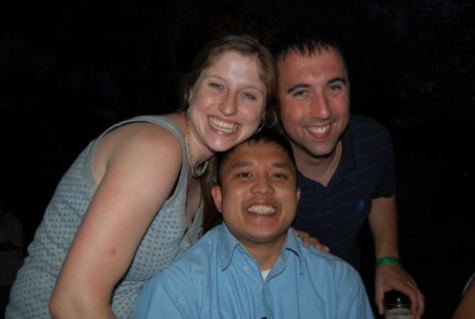Students visit with war photographers
Published Jan 25, 2012
Three war photographers shared their insights into life behind the lenses that followed U.S. troops overseas. These photographers stood in an exhibition room surrounded by colorful pictures in the Fort Worth Community Arts Center.
Conflict Zone, the name of the exhibit, provides an intimate setting for Americans wanting to experience the war, Don Jones, a former active duty marine, said. The exhibit offers more depth to the soldier’s experience than a brief segment and statistic on the evening news, Jones said.
A desire to show people what war looks and sounds like drove these journalists to leave their homes and risk their lives, Jackie Spinner co-director of Conflict Zone, said.
Each photograph tells a story. Pictures of children playing soccer and laughing contrast with images of soldiers in the middle of operations, Spinner said.
“While there is a lot of destruction, there is also a lot of life that goes on in a war as well,” she said.
Images that people get from the news are accurate, but they don’t always tell the whole story, Spinner said.
On Dec. 18, 2011, President Barack Obama declared an end the mission in Iraq and welcomed home the remaining combat troops. But according to an article in The New York Times,roughly 4,000 soldiers remain deployed in Iraq as part of peace keeping efforts.
Since Operation Enduring Freedom began in October 2001, Afghanistan has been an active warzone. As of September 2011, the Department of the Defense estimated 109,200 soldiers were deployed in Afghanistan. War is a part of our daily news, so hopefully people will learn something about the conflict from the exhibit, Tom Pennington, a freelance photographer and contributor to Conflict Zone, said.
War photography mesmerized Pennington as a youth and he dreamed of getting a chance to photograph a military conflict. Following 9/11, Pennington said he had the unique opportunity to see war through a camera lens first in Iraq and then later in Afghanistan. Pennington’s experience in these countries impacted his life forever.
“Not only are their images burned into my mind, but I remember what they tasted like and what they sounded like,” Pennington said.
Sometimes photographers hide behind their lenses, concentrate on shutter speed, focus, and think about the situation in a technical way. But the emotion and reality of these situations dawn as photographers review their work, Pennington said.
The still photographs convey war’s emotion to the viewer with perhaps greater force than video footage of the same situation, Pennington said.
More than 20 military and civilian men and women photographers contributed to the Conflict Zone exhibit–each with their own perspective.
“On the battlefield, we’re journalists. We’re not Americans. We’re not men or women. We’re journalists taking enormous risks to tell the story of war,” Spinner said.



